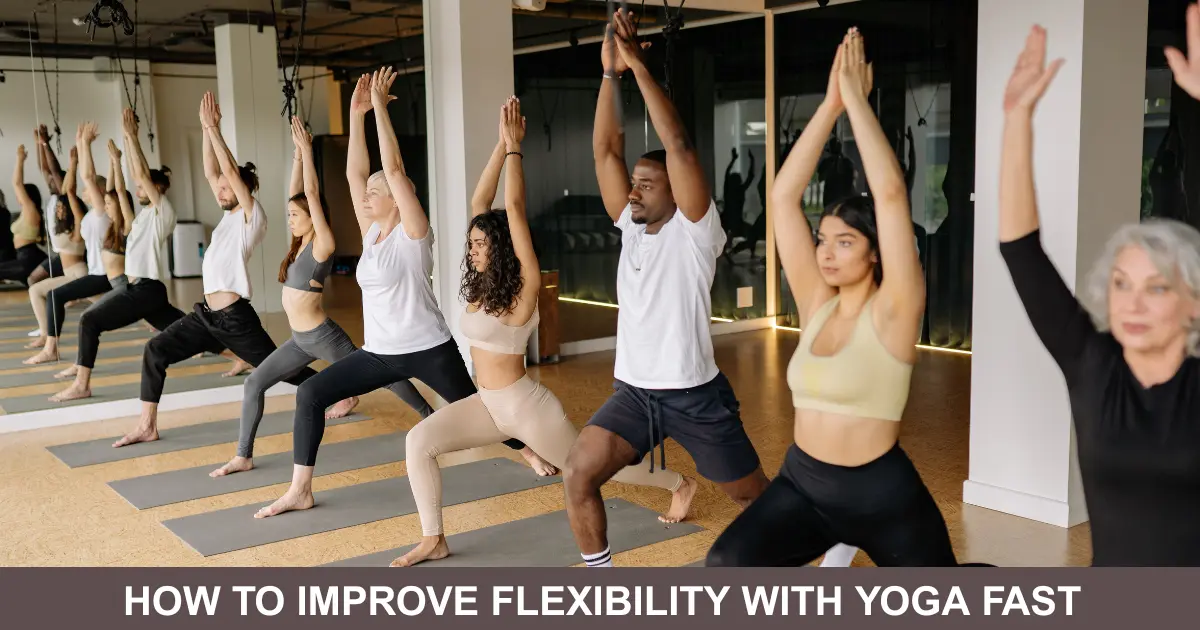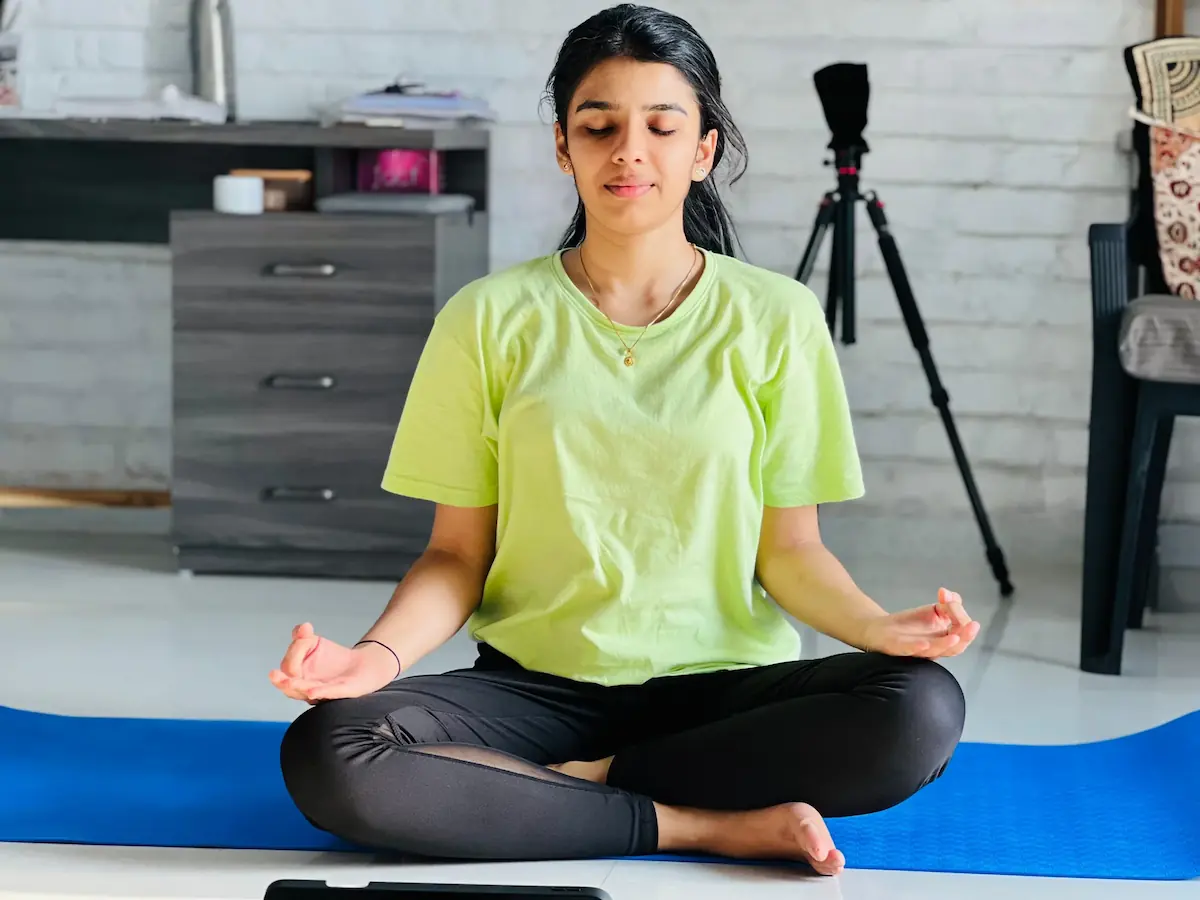Flexibility isn’t just for dancers and athletes everyone can benefit from being more limber, and yoga offers one of the safest and fastest ways to get there. Whether you’re trying to touch your toes, sit more comfortably, or simply move with more ease, incorporating yoga into your routine can help you gain noticeable flexibility in just a few weeks.
Who:
Anyone from total beginners to fitness enthusiasts can practice flexibility-focused yoga. Age, body type, or previous experience is not a barrier.
Best Time to Practice:
- Morning: Great for energizing the body and gently waking up tight muscles.
- Evening: Ideal for deeper stretches, especially after your muscles have warmed up throughout the day.
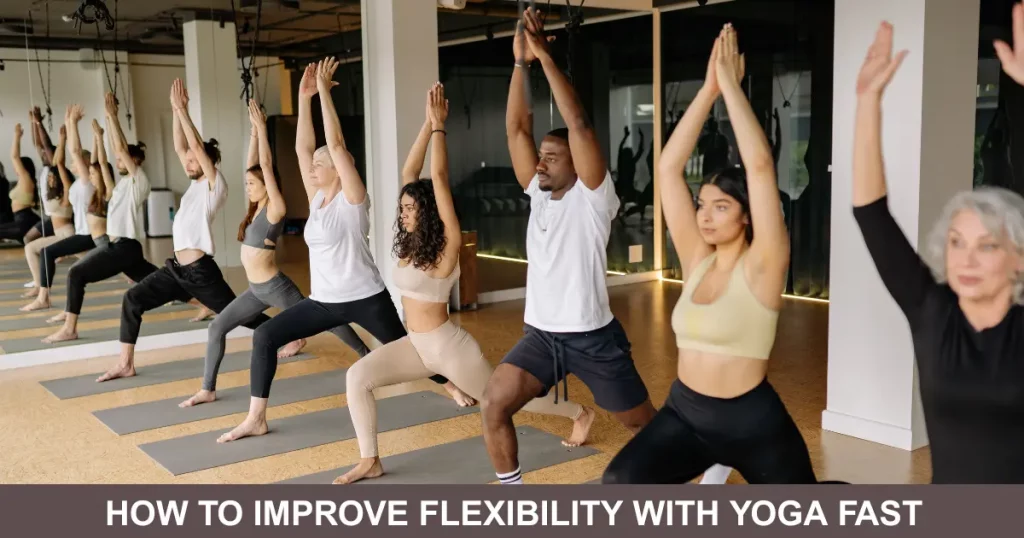
Step-by-Step Yoga Sequence to Boost Flexibility
Each of the following poses is beginner-friendly, targets different muscle groups, and is designed to build flexibility with daily practice.
Cat-Cow Pose (Marjaryasana-Bitilasana)
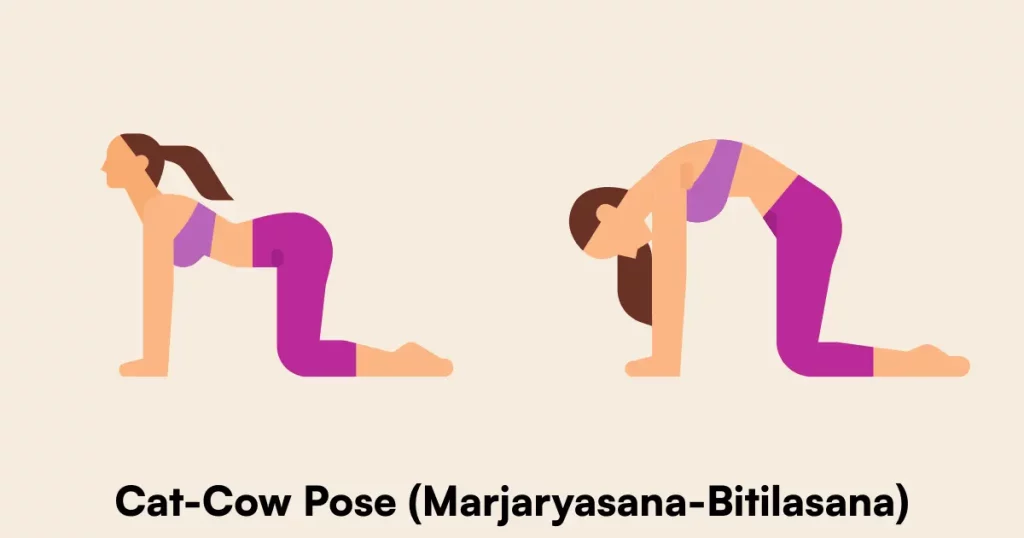
Targets: Spine, neck, shoulders
How to do it:
- Start on your hands and knees in a tabletop position.
- Inhale – drop your belly and lift your head and tailbone (Cow Pose).
- Exhale – round your spine, tuck your chin and tailbone (Cat Pose).
- Repeat for 5-8 breaths.
Breathing cue: Inhale on Cow, Exhale on Cat.
Common mistake: Moving too fast flow slowly with your breath.
Seated Side Stretch (Parsva Sukhasana)

Targets: Obliques, hips, shoulders
How to do it:
- Sit cross-legged. Place your right hand on the floor beside you.
- Inhale – raise your left arm overhead.
- Exhale – lean gently to the right, stretching your side.
- Hold for 3-5 breaths and switch sides.
Tip: Keep both sit bones grounded.
Modification: Sit on a folded blanket for added comfort.
Kneeling Hip Flexor Stretch (Anjaneyasana)
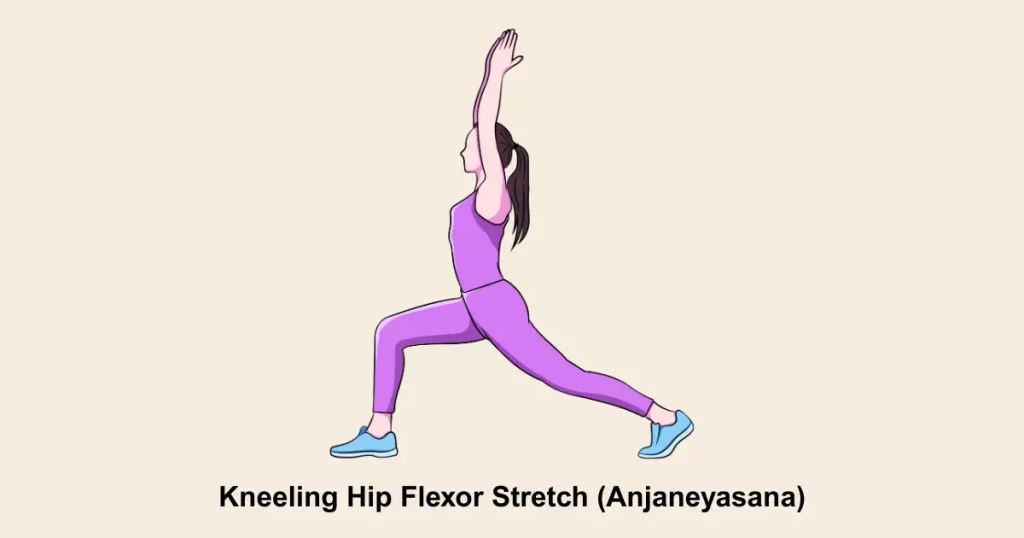
Targets: Hip flexors, quads
How to do it:
- Step your right foot forward and lower your left knee to the mat.
- Inhale – lift your torso and arms.
- Exhale – gently sink into your hips.
- Hold for 4-6 breaths and repeat on the other side.
Tip: Keep front knee above ankle.
Beginner tip: Place a pillow under the back knee for support.
Supine Twist (Supta Matsyendrasana)
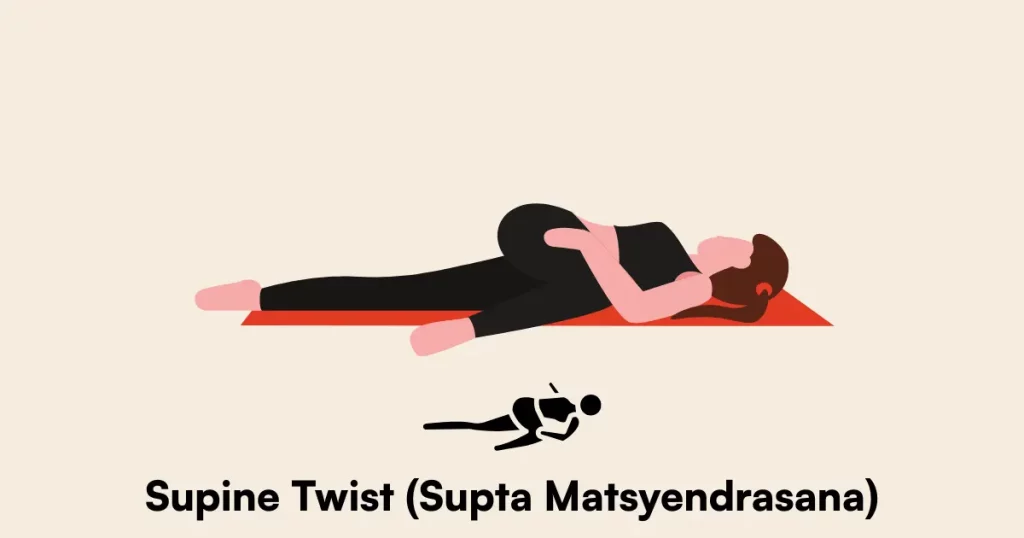
Targets: Spine, lower back, shoulders
How to do it:
- Lie on your back and hug your right knee into your chest.
- Guide it across your body to the left.
- Extend your right arm to the side and look right.
- Hold for 5-6 breaths, then switch sides.
Breathing cue: Exhale to relax into the twist.
Common mistake: Forcing the knee down let gravity do the work.
Neck Rotations (Greeva Sanchalana)
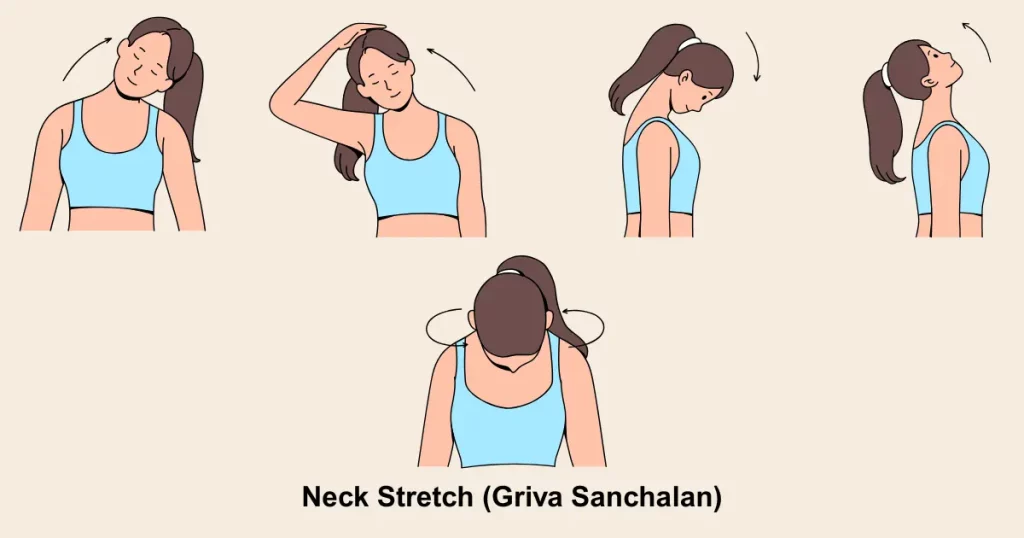
Targets: Neck, upper shoulders
How to do it:
- Sit comfortably with a straight spine.
- Slowly rotate your head clockwise in a full circle.
- Repeat 3 times, then switch directions.
Tip: Move gently avoid jerky movements.
Modification: Skip full rotations if you have cervical issues; do half-turns instead.
Benefits of Daily Flexibility Yoga Practice
- 🌬️ Improved breathing & posture
- 💆 Reduced muscle stiffness & joint pain
- 🧠 Lower stress & mental tension
- 🚶 Better range of motion & overall mobility
Common Mistakes to Avoid
- Skipping warm-ups – always prepare your body first.
- Holding your breath – breath should be deep and steady.
- Forcing poses – flexibility grows gradually, not overnight.
- Neglecting proper form – use props to help maintain alignment.
Tips & Modifications for Beginners
- Use yoga blocks or straps to assist deeper stretches.
- Practice in a warm room to help muscles loosen up faster.
- If you have joint pain, avoid overstretching and use cushions for support.
- Always consult a doctor if you have prior injuries or chronic conditions.
Flexibility Routine Plan
Try this simple routine 5 days a week:
| Pose | Reps / Duration |
|---|---|
| Cat-Cow | 1-2 minutes |
| Seated Side Stretch | 3-5 breaths per side |
| Hip Flexor Stretch | 4-6 breaths per side |
| Supine Twist | 5-6 breaths per side |
| Neck Rotations | 3 rounds each direction |
Total time: 10-15 minutes per day
Final Thoughts
Improving flexibility with yoga doesn’t require hours of stretching or fancy poses. What matters most is consistency, breath awareness, and listening to your body. With patience and a little daily effort, you’ll feel more open, agile, and at ease in your movements and mind.
Frequently Asked Questions
Q1: Can I improve flexibility with yoga in 2 weeks?
Yes, with daily practice and proper technique, most people notice initial improvements in flexibility within 2-3 weeks.
Q2: Is yoga safe for people with stiff joints or arthritis?
Absolutely! Just choose gentle poses and use props. Always check with your doctor if unsure.
Q3: What should I do if I feel pain in a pose?
Stop immediately. Yoga should never hurt. Modify the pose or skip it if necessary.
Q4: Can I combine yoga with other workouts?
Yes! Yoga is a great complement to strength training, cardio, and sports.
